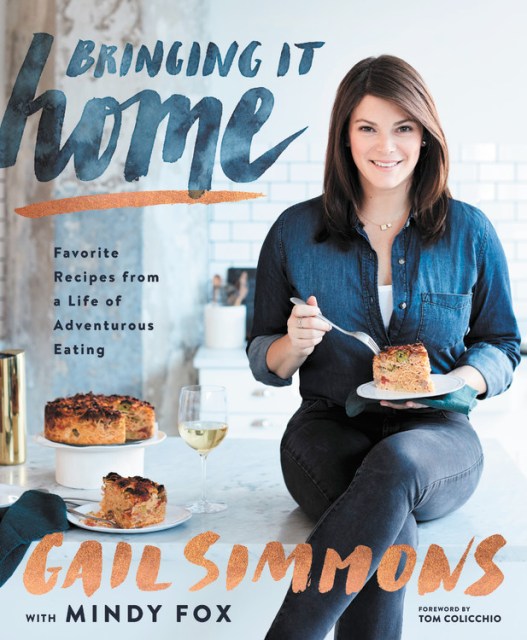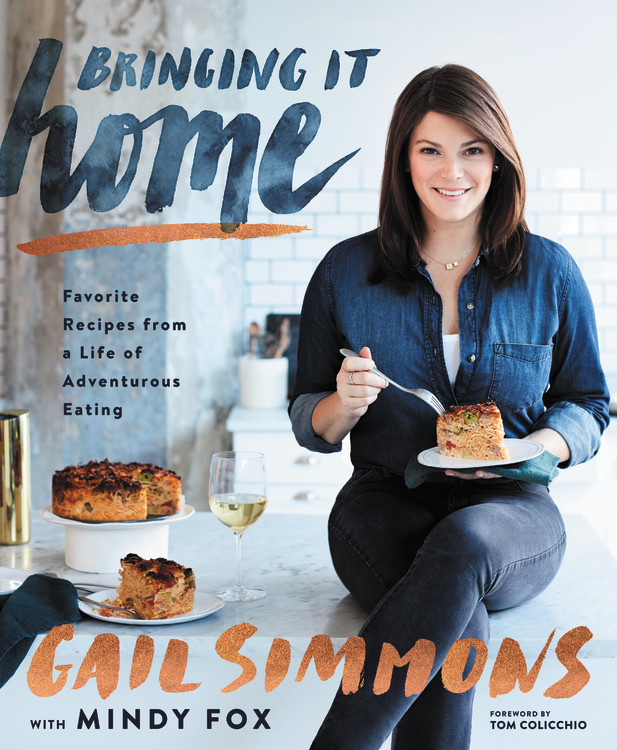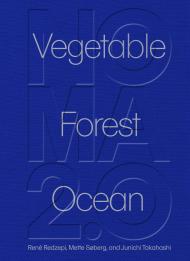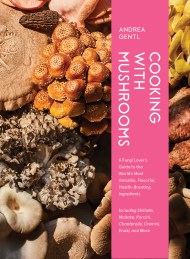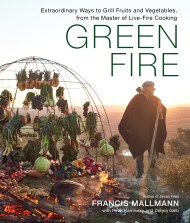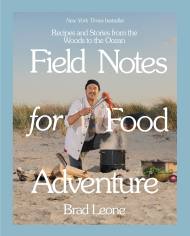Promotion
Use code MOM24 for 20% off site wide + free shipping over $45
Bringing It Home
Favorite Recipes from a Life of Adventurous Eating
Contributors
By Gail Simmons
With Mindy Fox
Foreword by Tom Colicchio
Formats and Prices
Price
$30.00Price
$39.00 CADFormat
Format:
- Hardcover $30.00 $39.00 CAD
- ebook $15.99 $20.99 CAD
This item is a preorder. Your payment method will be charged immediately, and the product is expected to ship on or around October 24, 2017. This date is subject to change due to shipping delays beyond our control.
Also available from:
Gail Simmons is a beloved figure in the food world who has been a popular judge on Top Chef, the number-one rated food show on cable television since its inception. In Bringing It Home, Simmons shares her best recipes and food experiences. From her travels, exploring global flavors and keeping detailed diaries, to her Top Chef culinary adventures with the world’s most notable chefs, she is always asking: “How can I bring this dish home to my own kitchen?” Her goal is to make fabulous recipes using accessible ingredients and smart, simple cooking techniques for successful family meals and easy entertaining.
From Bloody Mary Eggs to Christmas Brisket Fried Rice; from Summer Vegetable Salad with Charred Lime Vinaigrette to Banana-Cardamom Upside Down Cake with Salty Caramel, there is a recipe for everyone in the family. Simmons also shares ingredient tips, cooking techniques, and many informative “Snippets,” as well as personal and behind-the-scenes stories that will appeal to fans and food lovers everywhere.
Genre:
-
I trust Gail's taste when it comes to chefs and food, and I have for many years. She is a beautiful force in the culinary world, and has the ability to translate her expertise so you can truly learn from her.Drew Barrymore, actress and director
-
Gail has truly been inspired by her mother's cooking and her encounters with some of the greatest American chefs. She has mastered a knowledge of tradition and the art of casual cuisine shared among family and friends and is a well-travelled cook who combines her past and present culinary adventures. Driven by her desire to cook in a personal way, Gail's book brings you the dishes she fell in love with. BRINGING IT HOME is a wealth of know-how for any avid home cook.Daniel Boulud, chef/owner, the Dinex Group
-
If there's a gal who's game for anything, it's Gail. She's a woman of exploration and adventure. Born and bred to be a lover of great food, Gail is a force to be reckoned with. Whether she's reading, writing, critiquing, or honing worldly inspiration hands-on, her mind (and appetite) is a sponge for every delicious bite along the way. A front row seat to a simple snack or insane meal cooked by this wonder woman? We are in great hands.Christina Tosi, founder, CEO, and chef, Milk Bar
-
The recipes look so good that they might kind of compete for your attention as to what you might want to try first, but what's also special about Gail's book is that she's helping to teach how to be a great instinctual chef even beyond the recipes. She shares all sorts of techniques and kitchen secrets to arm you for whatever you decide to make.Bravotv.com
-
Most people know Gail Simmons from her longtime gig as one of the judges on Top Chef, but behind the tough-minded critic lies an avid home cook-and a born teacher. Along with food writer (and frequent Epi contributor) Mindy Fox, she's crafted a super-approachable slew of recipes that have surprise insights tucked away.Epicurious
- On Sale
- Oct 24, 2017
- Page Count
- 288 pages
- Publisher
- Grand Central Life & Style
- ISBN-13
- 9781455542208
Newsletter Signup
By clicking ‘Sign Up,’ I acknowledge that I have read and agree to Hachette Book Group’s Privacy Policy and Terms of Use
